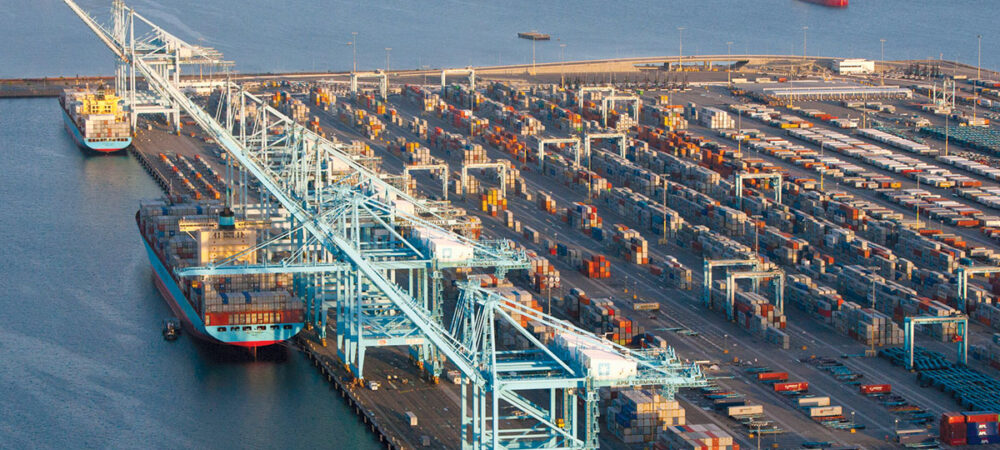Maritime Transport
What is Maritime Transport? 
Maritime transport refers to a means of transport where goods (or people) are transported via sea routes. In some cases, maritime transport can encompass pre- and post-shipping activities.
For centuries, mankind has used waterways to transport merchandise and people. As such, maritime transport owes its evolution to the development of international trade and to the ever-growing exchange of goods between countries. By definition, maritime transport is actually international (except when sailing along the coasts of a same country). Nowadays, maritime transport is the main means of transport used to ship raw materials (oil, coal, cereals, etc.) over long distances.
The creation of maritime containers in the middle of the 1960s vastly encouraged the development of maritime transport. These standardized boxes pile one on top of the other, and can transport all sorts of goods, with quite easy handling. Maritime containers have other advantages, in that they limit the risk damage, breakage and theft (the goods are not visible from the outside), and reduce transport costs.
It should be noted that the race to gigantism over the last few years (with ships able to transport more and more goods) has slowed somewhat. Ship-owners are having trouble filling their vessels, and accessing the different trade ports worldwide.
Specificities of Maritime Transport
Maritime transport is an appealing means of transport:
- Transport capacity: several hundred tons of goods can be transported on a single ship;
- Permanent activity: out at sea, nothing or practically nothing can stop vessel traffic.
However, maritime transport suffers from fairly slow movement (between 30 and 50 km/h for most vessels). It therefore entails much longer delivery lead times than road or air channels.
There are two main maritime transport offers available: demand responsive transport (also known as tramping) and liner transportation. The first is when a request triggers the search for a ship to transport goods. The second is when the exporter selects a liner transportation offer with a set itinerary and frequent ports of call, and shares the vessel with other exporters.

Examples and Practical Applications
In practice, maritime transport routes fit in with the geography of international trade. We therefore see long maritime routes between the Middle East and Africa, and America, Europe and the Far East. It all depends on the journey between the exporting country and the importing country.
Maritime transport stakeholders generally have a fleet made up of:
- Versatile cargo;
- Container carriers;
- Barge carriers;
- Bulk carriers;
- Fuel carriers;
- Chemical carriers.
Maritime transport involves a whole plethora of professionals, including:
- Ship-owners;
- Shipping agents;
- Transport commissioners;
- Ship chandlers;
- Maritime brokers.


